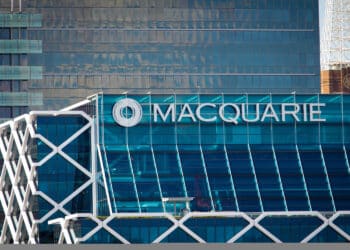With the death toll now running into the tens of thousands and the unemployment rate rising to 36 million in the US – not to mention the outlook for the UK – Australia truly is relatively well positioned for a recovery.
But there are still plenty of questions unanswered about what the recovery will look like.
The fact that there’s been no recession since “the recession we had to have” – and so no social memory of what actually happens in a recession – means that consumers and households, scared by the sudden change in their circumstances, are likely to engage in more precautionary saving. While that will create a more resilient household sector and will be good for financial stability in the long-term, it’s unlikely to help the immediate recovery and could see lower medium-term economic growth.
Consumer data from China suggests that individuals will continue to actively avoid large, crowded spaces through the recovery out of fear of the virus, meaning that the prophesied rebound in spending could be a long way off. However, China’s experience with the virus was markedly worse – and it has a different social and political context – and there has already been a small recovery in foot traffic at retail establishments, meaning Australians might be growing more confident off the back of good news, like the easing of restrictions.
While the JobKeeper payment has been the major factor in keeping unemployment as low as it is, it’s going to end someday. And given that Treasurer Josh Frydenberg sees unemployment “going up the elevator and coming down the stairs”, it’s likely that many Australians will be struggling to find jobs that simply aren’t there anymore, with thousands streamlined or offshored as companies try to cut costs and stay solvent through the years ahead. One way of preventing that could be through the massive infrastructure boost – something that Industry Super Australia and a number of international agencies have already thrown their weight behind.
Meanwhile, there’s the very real threat of a burgeoning China-Australia trade war, with China threatening to slap 80 per cent tariffs on Australian imports while turning to the US for barley as it attempts to meet its obligations under the phase one trade deal. China has had an axe to grind with Australian imports for some time, and while yhe threats might just be saber-rattling as China tries to deter the Morrison government from spearheading an inquiry into the origins of the pandemic that have made the last few months so interesting, it’s another problem in need of a solution in post-COVID Australia.
It’s going to be an interesting couple of years.







